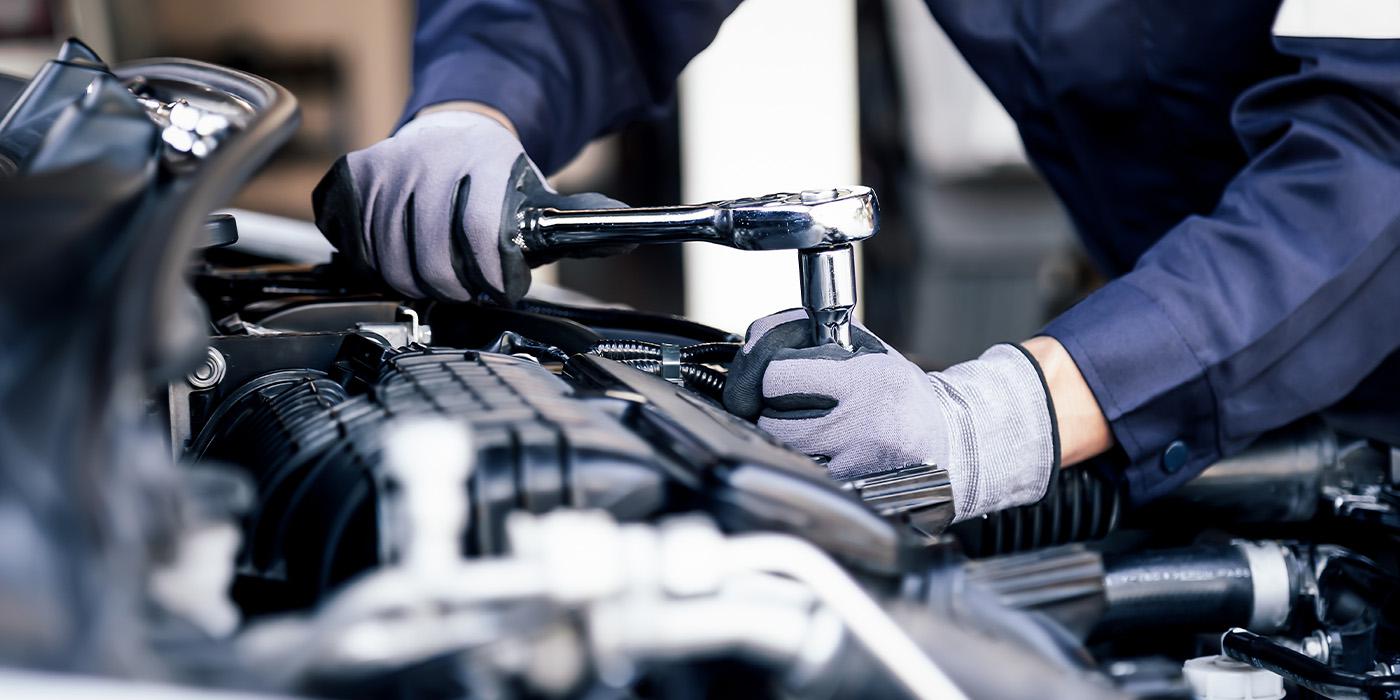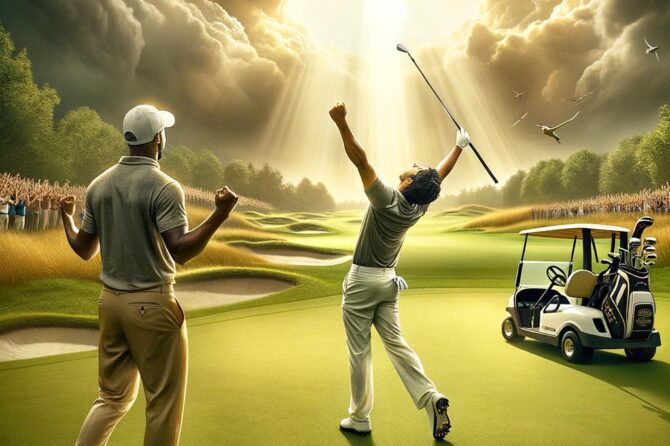The trajectory of your golf swing is massively affected by the location of the ball at setup. According to top golf teacher Brian Manzella, simple changes in ball position can dramatically transform your swing path—and ultimately the direction of your shot. Read on to unravel how altering ball placement can shape your swing and improve your accuracy on the golf course.
– Ball Position and Swing Path: Mechanics and Impacts
Ball Position and Swing Path: A Delicate Dance
Where you position the ball in your stance significantly influences the path of your swing. With meticulous precision, the pros adjust their ball position to optimize their swing mechanics and deliver powerful, accurate shots.
By placing the ball forward in the stance, you reduce the distance you need to travel on your downswing. This promotes a steeper swing that generates more spin and control but may be less suited for explosive drives. Conversely, positioning the ball back in the stance creates a shallower swing, resulting in a lower trajectory and greater distance potential.
Table: Ball Position Impact on Swing Path
| Ball Position | Swing Path | Impact |
|—|—|—|
| Forward | Steeper | More spin, control |
| Back | Shallower | Greater distance, lower trajectory |
Additionally, the width of your stance affects the swing path. A narrower stance promotes a more inward swing path, favoring a draw shot, while a wider stance encourages an outward swing path, producing a fade or slice.
– Forward Ball Position: Promoting a Downward Strike Angle
Forward Ball Position: Promoting a Downward Strike Angle
Placing the ball forward in your stance encourages a downward strike angle, crucial for compressing the ball and generating more spin and distance. By moving the ball slightly ahead of center, you naturally promote a path that descends into the impact zone. This aids in compressing the ball with a downward blow, rather than scooping it or hitting it thin.
Furthermore, a forward ball position allows you to swing with greater consistency. When the ball is positioned correctly, you’re less likely to make contact on the upswing, as the downward strike angle helps you get the club to the ball on the downswing. This leads to increased accuracy and control over your shots.
However, it’s important to note that the forward ball position is not suitable for all golfers. For those with a steep swing plane or who struggle to get the club under the ball, a more neutral ball position may be more appropriate. By experimenting with different ball positions, you can determine the optimal setting that suits your individual swing and allows you to maximize your performance.
| Ball Position | Strike Angle | Compression |
|—|—|—|
| Forward | Downward | Increased |
| Center | Neutral | Moderate |
| Back | Upward | Decreased |
– Centered Ball Position: Balancing Power and Accuracy
Centered Ball Position: Balancing Power and Accuracy
Placing the ball in the middle of your stance is the most fundamental of all ball positions. This is because it offers a balanced combination of power and accuracy, making it suitable for all skill levels.
When the ball is centered, it allows you to swing the club with a more consistent path, as both your backswing and downswing are unimpeded by the ball being too far forward or back in your stance. This consistency leads to increased accuracy, as you are less likely to hit the ball off-center.
However, the centered ball position does not sacrifice power. In fact, it can help you generate more power by allowing you to swing the club more freely. When the ball is too far forward, you are forced to make a more exaggerated swing to hit it squarely, which can lead to loss of power. When the ball is too far back, you are forced to reach for the ball, putting your swing out of sync and reducing your power.
The centered ball position is the best of both worlds, offering a balance of power and accuracy that is ideal for all golfers.
Benefits of the Centered Ball Position
- Increased accuracy
- More consistent swing path
- Improved power generation
- Suitable for all skill levels
- Back Ball Position: Generating Height and Control
Back Ball Position: Generating Height and Control
Positioning the ball behind the center of your stance promotes a steeper swing path, resulting in higher ball flight and greater control. This position allows you to make contact with the ball before it reaches its peak, generating backspin and ensuring a consistent, penetrating trajectory.
Advantages of Back Ball Position for Driver:
Increased ball height for carry and roll
Reduced sidespin for straighter flight
Improved distance control through consistent spin
Disadvantages of Back Ball Position for Driver:
Difficulty hitting low, running shots
Potential for slicing if over-rotated
Reduced accuracy on off-center hits
However, for irons and hybrids, a back ball position may not be as advantageous. The shorter shaft length and lower club speed make it harder to generate the necessary backspin to keep the ball airborne.
Alternatives to Back Ball Position:
Center ball position for irons and hybrids
* Teeing the ball higher with driver for increased height
ball position profoundly influences swing path and clubface impact. By understanding the effects of different ball placements, golfers can tailor their swings for optimal distance and accuracy. Top teachers emphasize the importance of experimenting with ball positioning and seeking professional guidance to refine individual swing mechanics. By mastering ball position, golfers can unlock new levels of swing performance and elevate their game to the next level.





